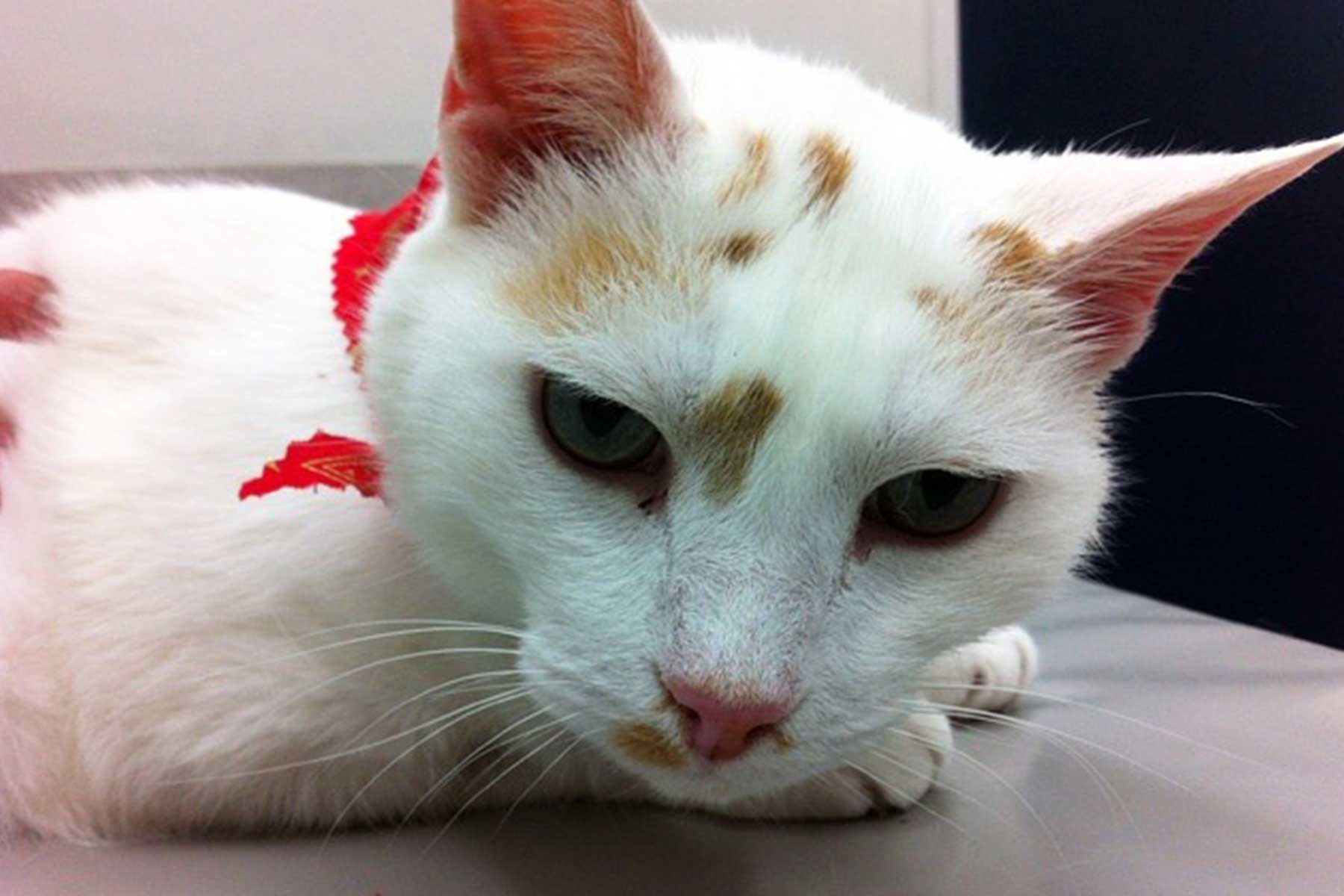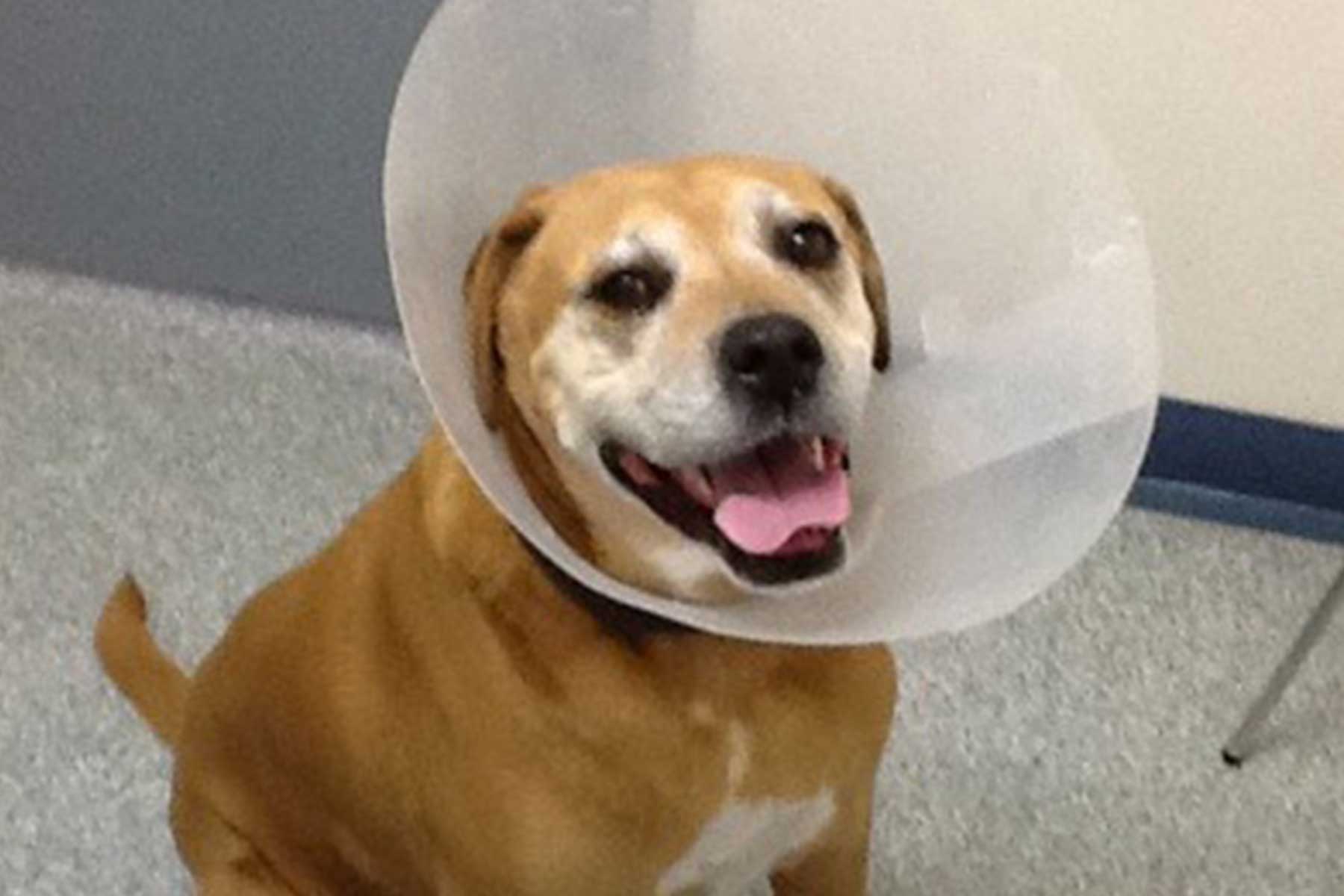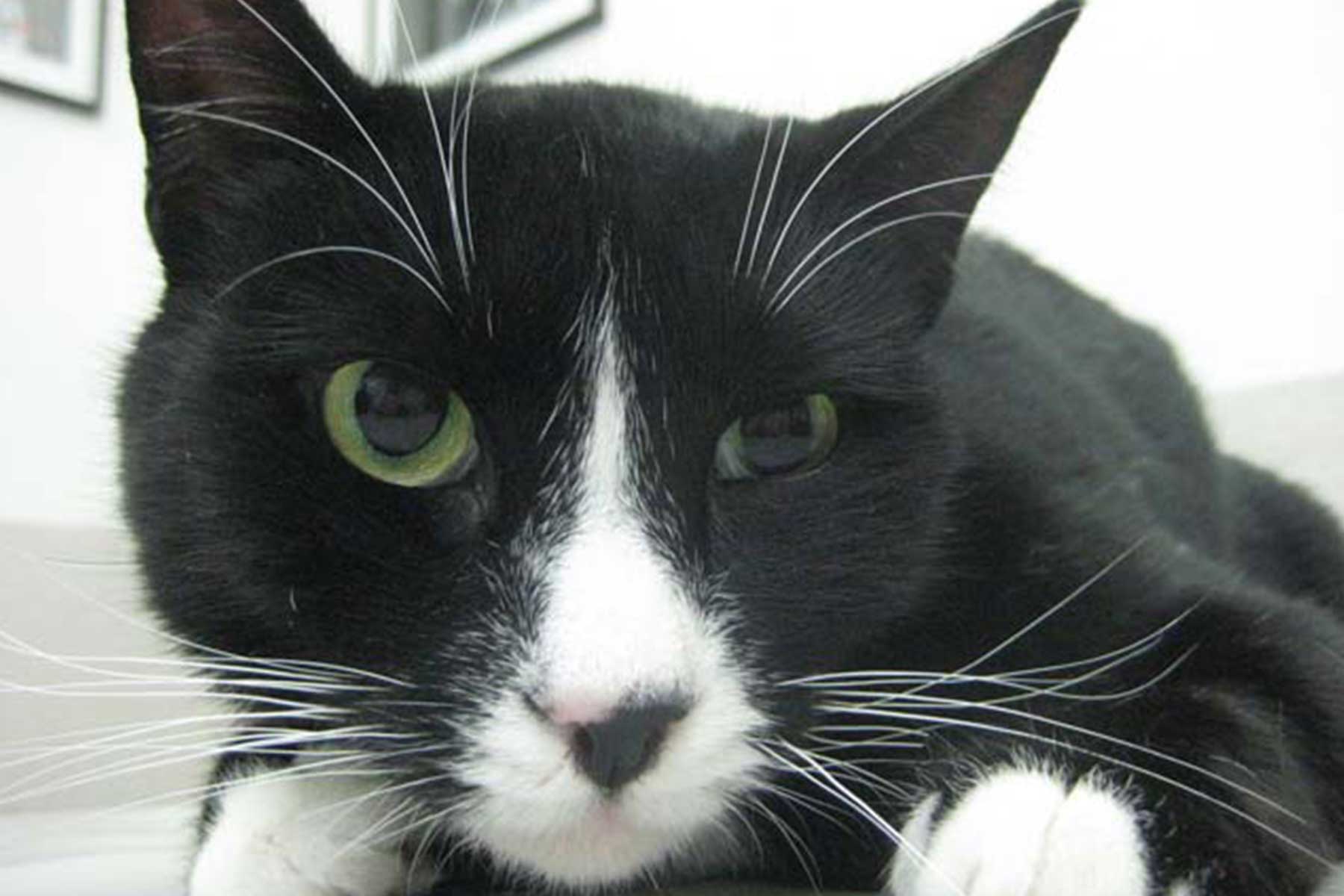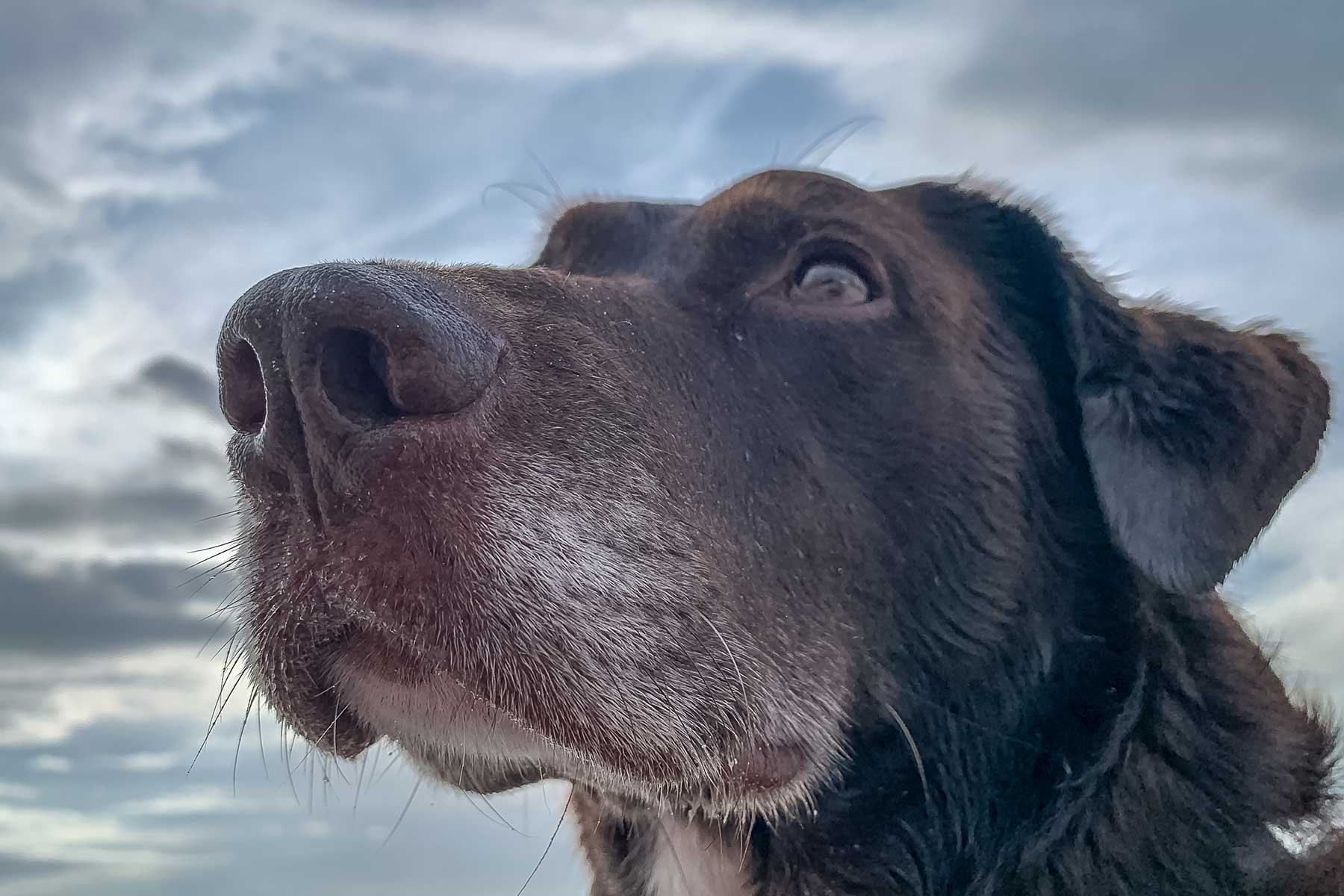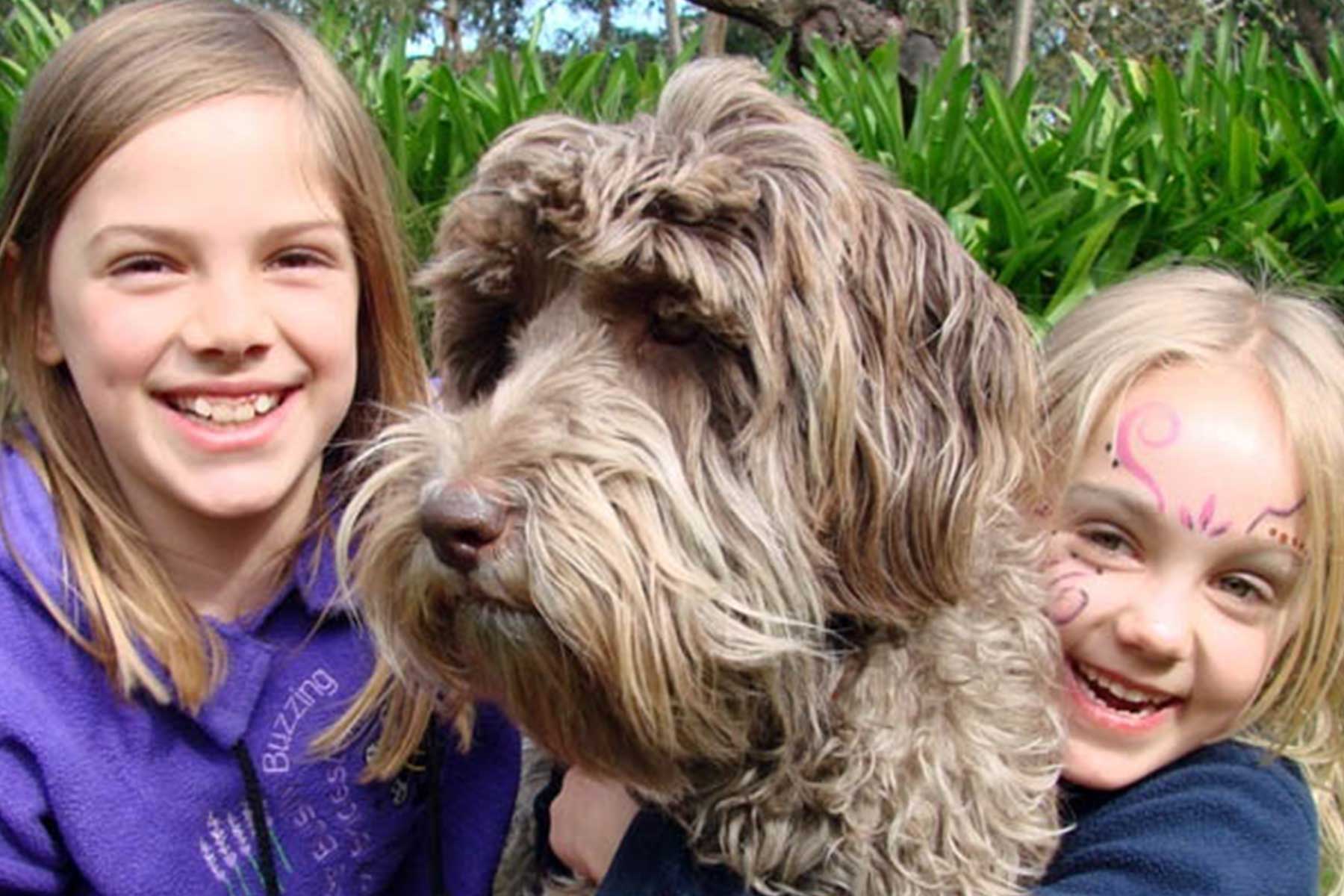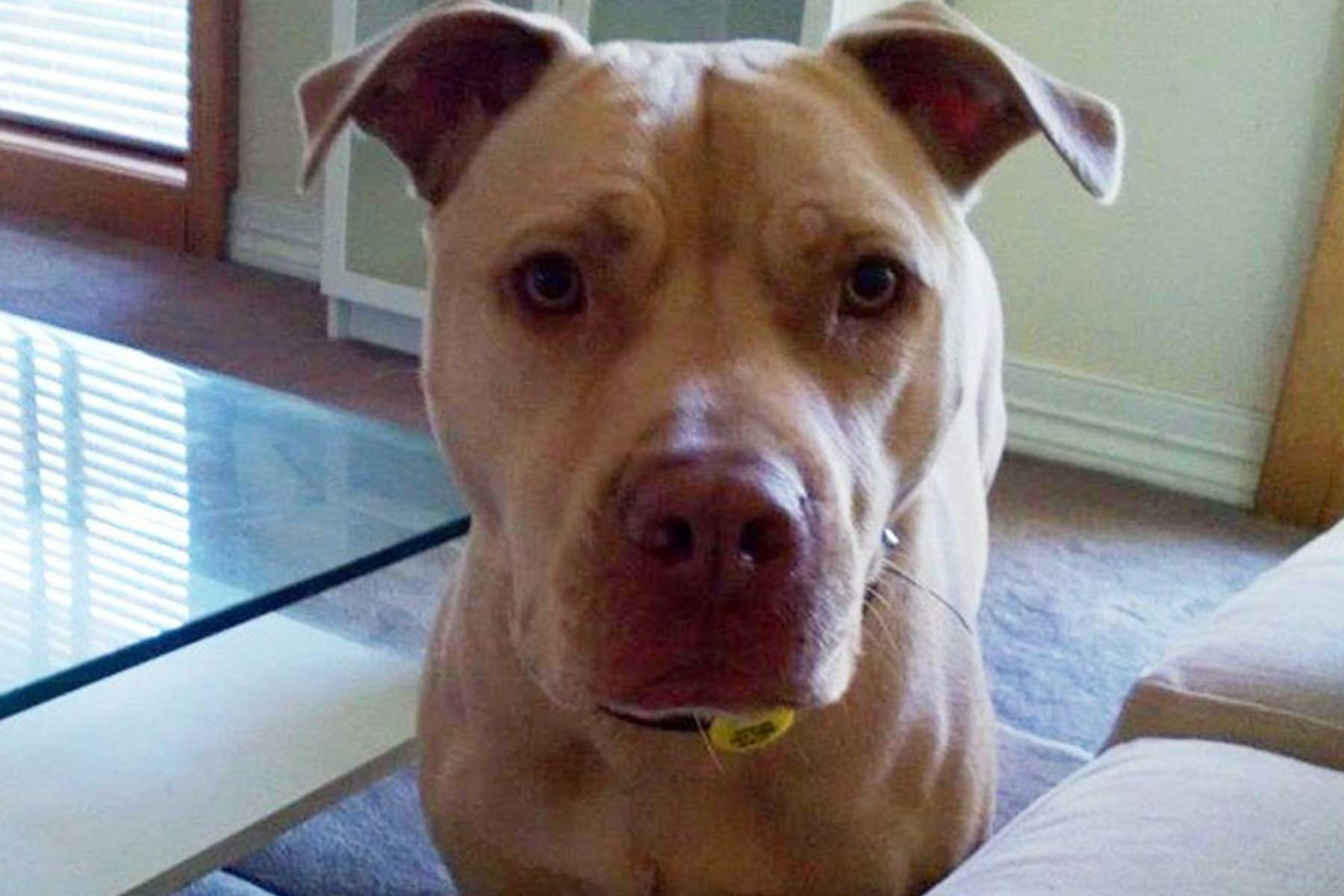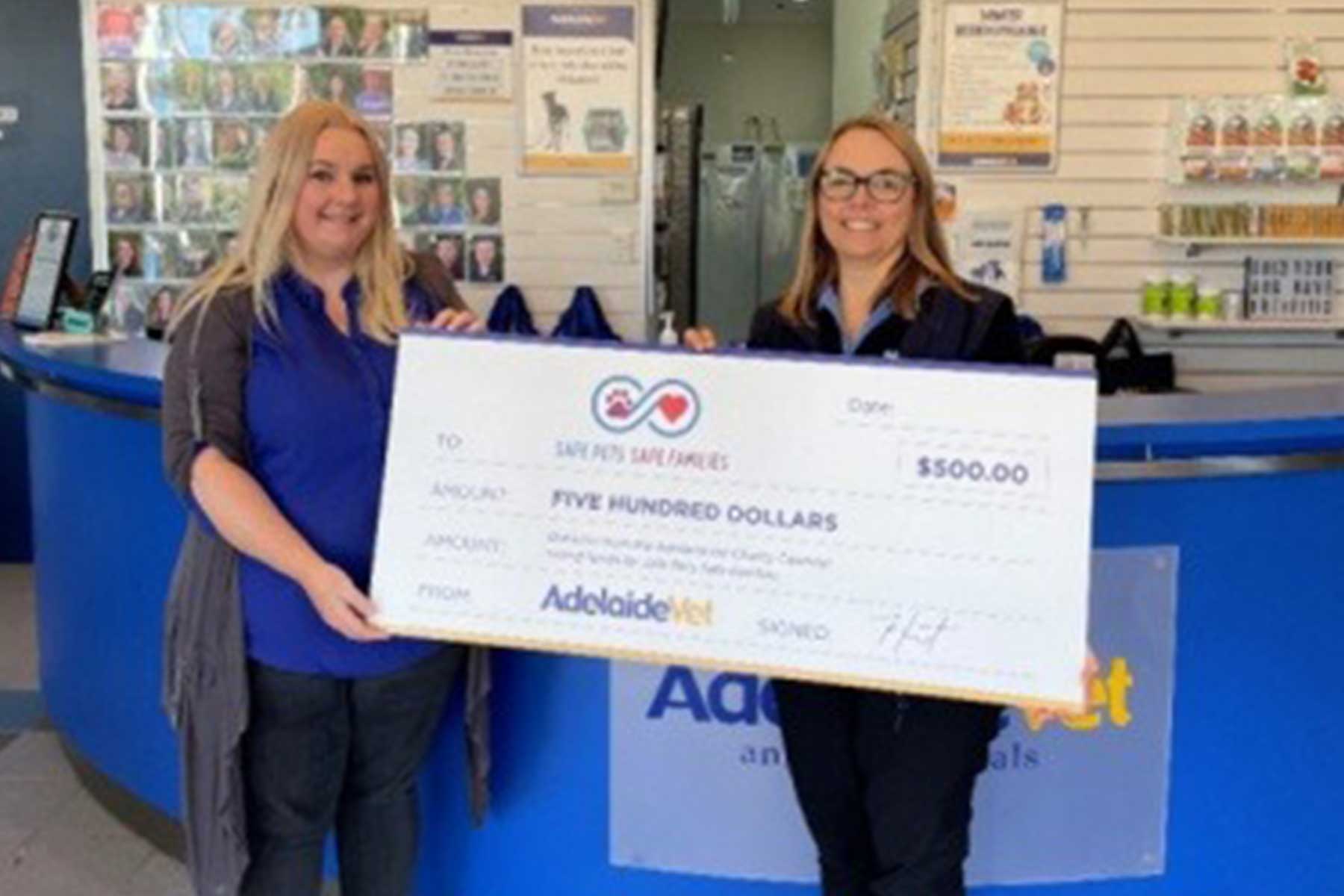Animal identification is mostly thought of when a pet is lost. Being able to quickly and easily identify a pet allows them to be returned to their owners sooner. However, there are a number of other situations in which correct identification of your pet is important. This could include a routine visit to your vet, a stay at a boarding kennel or a day at a doggy day care centre.
There is a vast range of ways to identify an animal:
Collars and tags are one of the most common methods used to identify a pet. Collars can be quite distinctive and make it easier to confirm the identity of an animal. Tags allow owners to put the animals name and contact details on the tag so the details are immediately available if the pet goes missing.
Council tags can be used to identify which area an animal lives in and can be quickly identified by council staff if needed.
Microchips are a permanent method of electronic identification. The microchip is the size of a grain of rice and is implanted under the skin of an animal between the shoulder blades. A microchip scanner will detect the microchip’s unique number. Most microchip numbers are 10 digits long.
When entered into a microchip registration database, the number will bring up an owners contact details and a description of the animal.
It is extremely important that these contact details are kept up to date. If the details are not up to date, the owner may be difficult or impossible to contact. Microchips can be implanted into almost any animal, not just cats and dogs. Rabbits, guinea pigs, ferrets, large birds and even horses can have a microchip implanted. Our standard microchips can also read temperature and we carry smaller microchips for our pocket pets.
Tattoos are also used to help identify an animal. Dogs and cats can have a desexing tattoo placed in their left ear after a desexing procedure. This tattoo is a circle with a diagonal line. A microchip tattoo can also be placed in the right ear. This tattoo is an M. The desexing tattoo allows us to know that the animal has been desexed without having to obtain paperwork or conducting blood tests to check hormone levels. The microchipping tattoo will prompt us to scan for a microchip.
Birds can sometimes be identified by tags on their legs. Pigeons are commonly identified by their tags which include a contact organisation and a number which includes the year of their birth. Sometimes racing pigeons will go off course during a race and these tags allow them to be reunited with their trainers after flying hundred of kilometres.
When you are registering your pet with a vet clinic, council, doggy day care or boarding kennel, correct details on their file are very important. In a vet clinic the species, breed description, colour, age and microchip number will all be recorded and needs to be accurate to ensure the correct patient is identified when discussing procedures, health care and treatment plans. If they are coming to stay for a procedure or as a hospital patient a collar and tag is also very helpful.
These days advanced technology can now even help in identifying and tracking an animal. There are GPS trackers available, which use a small device that can attach to your pet’s collar and track their movements via the 3G network. They can show the movements of your pet for up to two months (depending on the device). Some can be tracked using an app on your phone and can even send you an alert when the pet moves from out of your yard when you set a perimeter.
As you can see there are a lot of options out there when talking about pet identification, if you would like some advice or have any questions about ensuring your pet is easily identified, feel free to give us a call!

